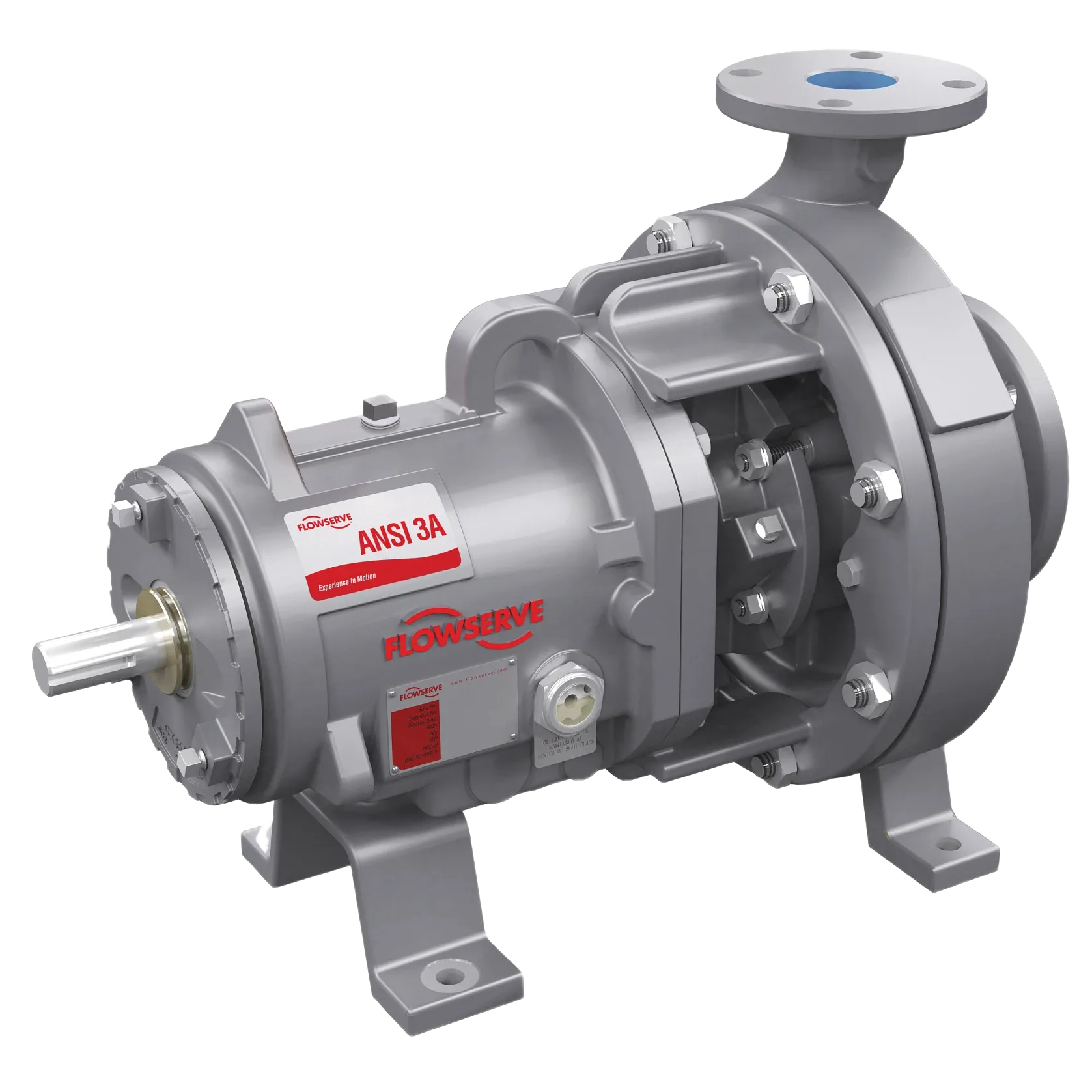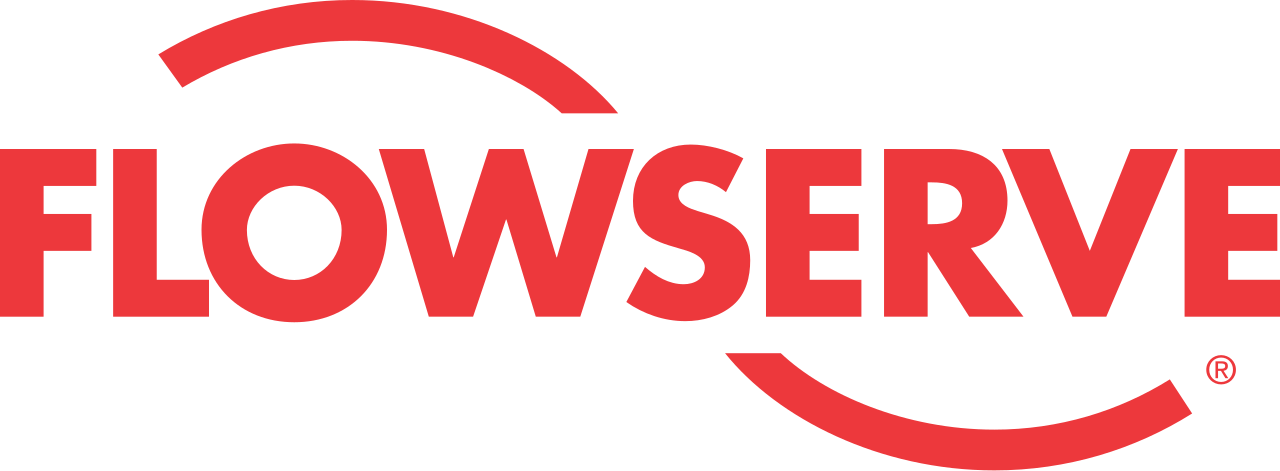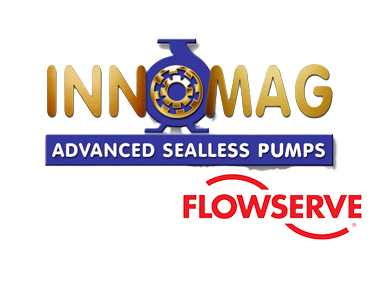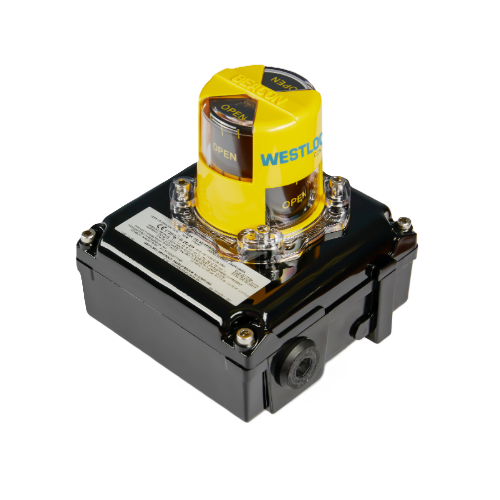Seal Support Systems
Seal Support Systems are designed and built to provide the mechanical seal with the best operating environment at the best operating value. They range in sizes from seal pots right up to a SKID system.
Seal Support Systems operate to control the fluid in between and around the seal faces whether cleaning, cooling or heating the seal media or providing a separate fluid to the mechanical seal.
- View All
- Actuation
- Chillers
- Heat Exchangers
- Instrumentation & Control
- Mechanical Seal
- Mixing Technology
- Other
- Process Equipment
- Pumps
- Sight Glasses
- Software
- Steam Systems
- Tank & Pipeline Ancillaries
- Tank Venting
- Valves
-
Mechanical SealFlowserve
Buffer Fluid Reservoirs
-
Mechanical SealFlowserve
Barrier Gas Panels
-
Mechanical SealFlowserve
EPD – Erosion Protection Device
Why do you even need Mechanical Seal Support Systems?
Some applications are simply not suitable for mechanical seals e. g applications which are corrosive, abrasive, crystallizing or precipitative. In order for a mechanical seal to operate under these applications with reasonable mean time between failure (MTBF), either the seal fluid requires treatment before coming into contact with the seal faces or an external fluid is required which is compatible with the process. Also double mechanical seals will require some sort of fluid to act as a buffer or barrier fluid and the system which provides this buffer or barrier fluid are Seal Support Systems.

What is a seal plan?
A seal plan is used in conjunction with the API 682 Standard and it is a way to formalise the different seal support systems into a standard. It consists of seal flush plans, buffer & barrier fluid plans, quench plans and gas supply plans.
- The seal flush plan is where you use clean process fluid to provide cooling pressure or heating to the mechanical seal.
- The buffer fluid plan is a fluid supplied to a double mechanical seal at a lower pressure than the process fluid.
- The barrier fluid plan is an external fluid supplied to a double mechanical seal at a higher pressure than the process fluid.
- The quench seal plan is where you supply an external fluid to the atmospheric side of the mechanical seal to provide longer seal life for that seal.
- The gas supply plan is where you supply clean regulated gas to the mechanical seal.
What are the differences in API Plan 62 and API Plan 53A?
The API Plan 53A is a dual seal plan where a barrier fluid is supplied to a double mechanical seal between the 2 sets of faces of the mechanical seal.

Plan 62 is a quench seal plan where a fluid is supplied to the space between the atmospheric side of the mechanical seal and the throttle bushing on the shaft.

Do you have questions or comments about receiving a quote, our products, solutions and services, and support? Contact us by filling out the form.
- Chris Sheeran (External) – Mob: 087 755 9936
- Evan Twomey - 083 162 0251
- Miriam Adair - Tel: 021 461 7235
- Office Tel: 021 461 7200

How we can help you?
Flexachem provides a full range of Flowserve Seal Support Systems for Pumps, Agitators and Mixers all ranging in sizes from;
seal pots, barrier systems, piston transmitters, gas panels, seal coolers, circulators, SKID systems and fill carts.
Flowserve provides Seal Support Systems for in accordance with API 682 but can also provide systems outside of this standard, if the application dictates.
Our Mechanical Seal specialists can advise you on the appropriate selection of a seal support system which will deliver years of reliable service and operating cost savings in the longer term.






























